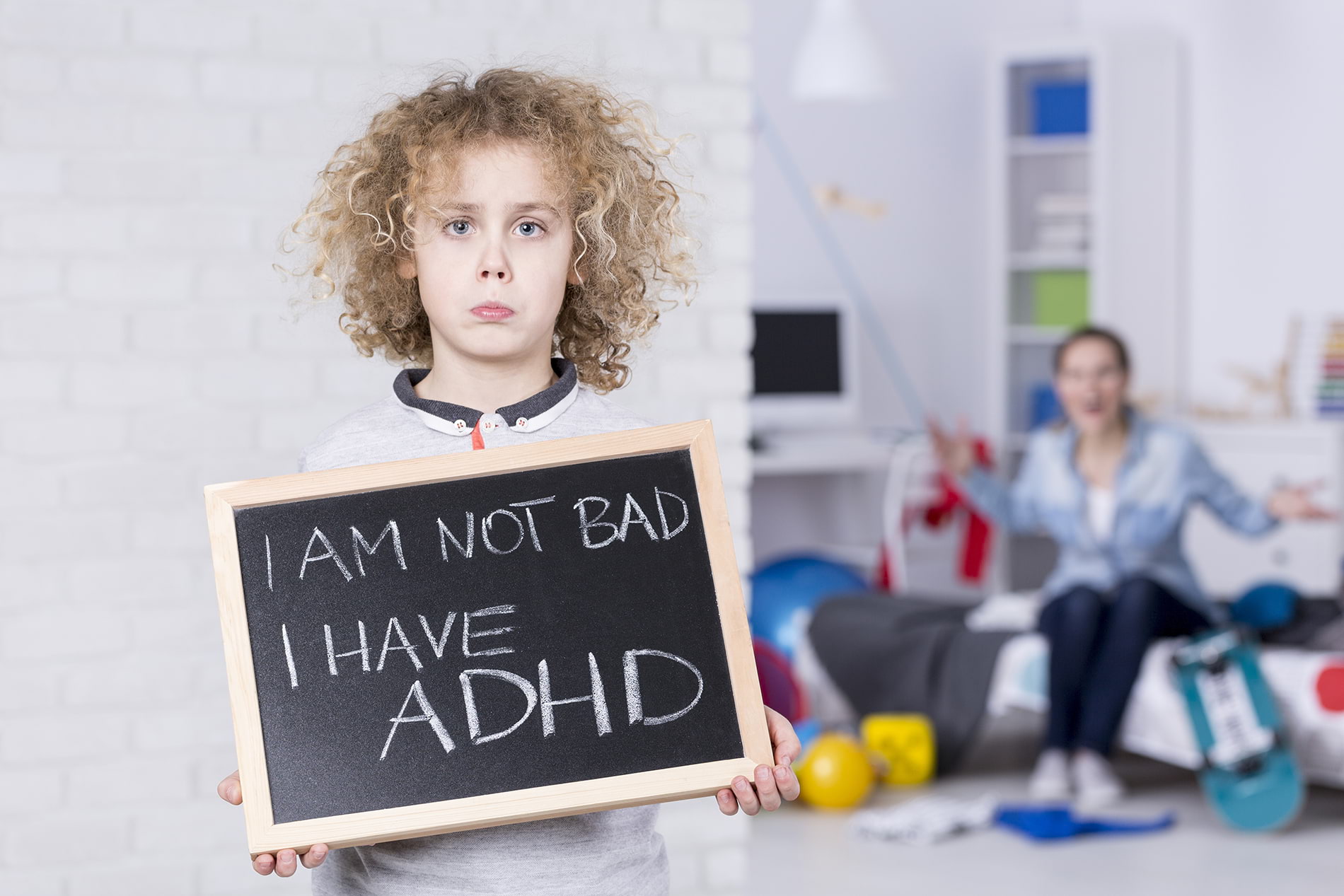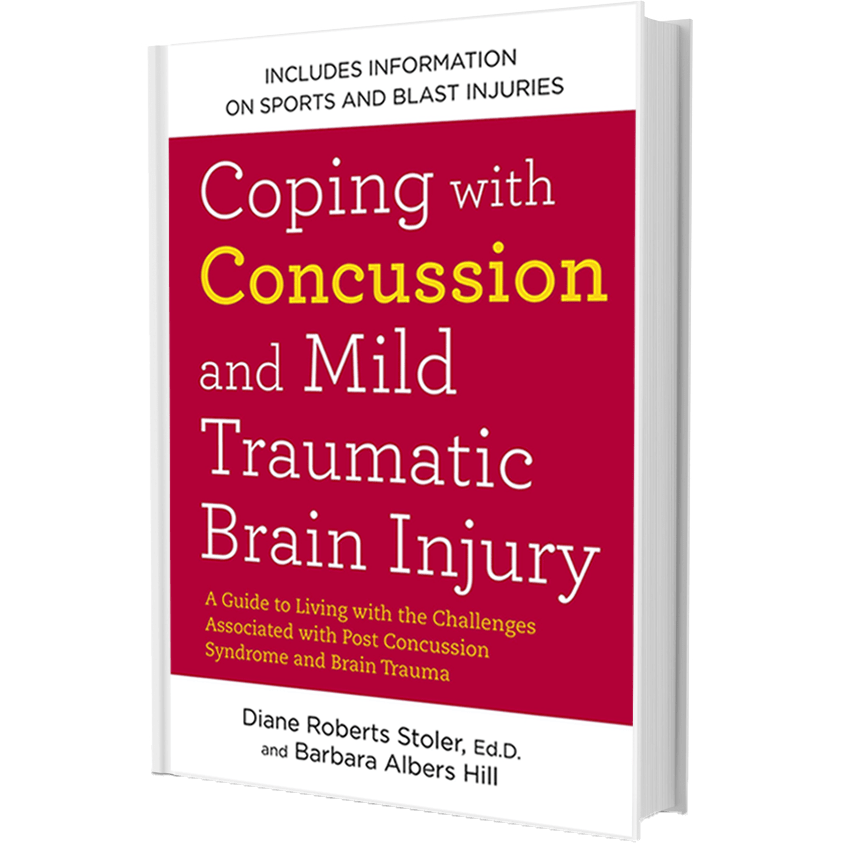ADD and ADHD Treatments
Have you tried many ADD/ADHD treatments, but you are still dealing with the limiting effects of ADD/ADHD?
If the answer is yes, Dr. Diane® and her team of Brain Health Experts can provide both Help and Hope. There is a Way!®
Dr. Diane® uses cutting-edge practices to help you cope with and ease the challenges of ADD/ ADHD. Some of these practices include Biofeedback/Neurofeedback, Hypnosis, Cognitive Therapy, Water Therapy, and Sound Therapy.
The Dr. Diane®‘s team of Brain Health Experts are trained in conventional, complementary, and alternative treatment methods. Using her 5 Prong Approach, Dr. Diane® creates a treatment program just for you. She sees each person as unique and knows that one method does not fit everyone.
ADHD Treatment News
Historically, the only type of treatment that has reduced the main symptoms of ADD/ADHD has been medication. However, during the past three decades, a series of case studies looking at the effects of EEG Biofeedback have reported improved attention, intelligence, and behavioral control, in response to this treatment.
In her recent paper, “Update on Attention-Deficit/Hyperactivity Disorder”, published in Current Opinion in Pediatrics, Katie Campbell Daley reviewed the research and practice standards on ADHD Treatment. Dr. Campbell is on the staff of the Department of Medicine, Children’s Hospital Boston and in the Department of Pediatrics of the Harvard Medical School. Her conclusion: “Overall, these findings support the use of multi-modal treatment, including medication, parent/school counseling, and EEG biofeedback, in the long term management of ADHD, with EEG Biofeedback in particular providing a sustained effect even without stimulant treatment… Parents interested in non-psychopharmacologic treatment can pursue the use of complementary and alternative therapy. The therapy most promising by recent clinical trials appears to be EEG Biofeedback.” This research has shown Neurofeedback (or EEG Biofeedback) treatment is very effective for the attention, behavior, mood, and learning problems with children and adults.
Dr. Campbell is on the staff of the Department of Medicine, Children’s Hospital Boston and in the Department of Pediatrics of the Harvard Medical School.
ADHD Treatment Types
Conventional
Medication
If you have been seen by your Primary Care Physician (PCP) for your ADD/ADHD symptoms, more than likely, they have prescribed to you one of the following medications: Concerta, Ritalin, Daytrana, Methylin, Dexedrine, or ProCentra. These medications boost concentration and focus while reducing hyperactive and impulsive behaviors.
Nutrition
What you eat affects all areas of your body, including your brain. So, with ADD/ADHD, it is vital to start a diet that lowers inflammation in the brain. There are foods you can remove from and add to your diet to do this. For example, cutting out refined sugar, corn syrup, and certain grains will lower inflammation. Adding Omega 3 fats from salmon and tuna is also helpful, and vegetables rich in antioxidants will help improve your memory. Coconut, olive oil, and avocado are good sources of fats that will boost brain function. Drinking enough water also helps the brain.
Martha Lindsay is a nutrition educator and a member of our Brain Health Team of Experts.
Sleep
With ADD/ADHD it is crucial that you get restorative sleep, since that is when the brain heals itself. Though it is often difficult to sleep when you are taking medication that is a stimulant. What might help is to practice good sleep hygiene (routine):
- Go to bed and wake up at the same time every day.
- Don’t drink alcohol or caffeine.
- Don’t eat heavy meals before bed.
- Exercise.
- Don’t watch TV or use your smartphone 30 minutes to 1 hour before bed.
- Keep your room dark and quiet.
Exercise
Exercise is another essential part of helping a brain with ADHD to become balanced again. There are many forms of rehab that can help. For example, there are physical therapy techniques that help with balance, motor coordination, muscle movement, and strength. Anthony Percoco is our Physical Therapist, and he also does Cranial Sacral methods that help stabilize brain function. Various types of massage therapy, such as Repetitive Usage Injury Therapy (RUIT), structural massage, and integrative massage, are also beneficial.
Sound Therapy
Sound therapy uses scientific programs such as Hemi-Sync, Bilateral Sounds, the Tomatis Method and Swingle Sounds to help soothe the limbic system, reduce hyperactivity and improve attention, focus, and social skills. Paul Soper is the Sound Specialist on our Brain Health Team.
Water Therapy
Sound therapy uses scientific programs such as Hemi-Sync, Bilateral Sounds, the Tomatis Method and Swingle Sounds to help soothe the limbic system, reduce hyperactivity and improve attention, focus, and social skills. Paul Soper is the Sound Specialist on our Brain Health Team.
Many forms of water therapy strengthen muscles and improve balance, coordination, and flexibility. One of these, the Burdenko Method, involves water- and land-based movement exercises. With this method, a water vest is put on and positions the body in the water. The buoyancy allows the vertebrae in the neck to open up and send the right signals to the brain. When proper signals reach the brain, it allows for new and improved motor pathways to form. Land exercises use the same movements but out of water. Dr. Burdenko is a member of our Brain Health Team of Experts.
Dynamic Therapy
“Besides having…characteristic symptoms…children with ADHD usually have problems with body tensions, disturbed body image, and fragmented movement patterns.” – springer.com. Movement and dance therapy are forms of dynamic therapy that force the brain to adapt by learning to use different areas to encourage motor movement. This movement helps the brain to form new nerve connections to replace those impaired by ADD/ADHD. Music and dance uses movement and sensory input. It is available through certain colleges, special-education services, and dance studios.
Occupational Therapy
Occupational Therapy is helpful if you have fine motor issues or have to learn new ways to do complex tasks at home, school, or work. You could choose to try cognitive retraining, which can also help you learn new ways to do complex tasks. On the other hand, vocational therapy helps you learn skills that prepare you for different jobs.
EMDR
Another form of therapy that helps with ADD/ADHD is Eye Movement Desensitization and Reprocessing (EMDR), which Dr. Francine Shapiro developed. This form of psychotherapy uses an approach that identifies the triggers responsible for anxiety that can increase ADD/ADHD symptoms. We provide you with the tools to work through and deal with those triggers.
Cognitive Remediation Therapy & Speech Therapy
Cognitive Remediation Therapy (CRT) looks at and treats memory, attention, and executive functioning. This therapy is for those who struggle with disabilities, like ADD/ADHD, that often interfere with day-to-day functioning. On the other hand, working with a Speech/Language Pathologist (SLP) can you or your child with speech, language, and social problems.
Amy Karas MS, CCC-SLP, is our SLP and Cognitive Therapist. She focuses on social pragmatics, cognitive and language treatment, and functional therapy strategies.
Cognitive Behavioral Therapy (CBT)
A type of therapy that helps people change how they think, feel, or act to improve their mood, reduce stress, or achieve other important goals. Some goals may be specific, such as how you can better handle difficult life situations. In contrast, others will be more general, such as reducing negative thought patterns.
The Three Parts to CBT are:
- How you think affects your behavior.
- The way you think is monitored and altered.
- Behavior is changed through changes in the way you think.
Biofeedback & Neurofeedback
Thermal and EMG Biofeedback (Neurofeedback) can help normalize activity in the brain’s motor areas, improving motor reflexes. Research has shown that Neurofeedback is one of the most effective methods for treating ADD/ADHD. Another treatment that can be help with internal control is Heart Rate Variability (HRV) Breathing. However, all of these methods can present a challenge for people with attention issues.
Both Dr. Diane® and Paul Soper are Neurofeedback specialists and are part of the Brain Health Expert Team. Dr. Diane® has successfully worked with many patients with ADD/ADHD using Neurofeedback.
Complementary ADD/ADHD Treatments
Acupuncture adjusts the energy in your body to help improve focus and lessen impulsive behavior. William Mogan, Tom Tam, Yvonne Tam, and Anthony Percoco are the acupuncturists on our Brain Health Team.
Alternative ADD/ADHD Treatments
Polarity therapy boosts the flow of internal energy and moves the body to heal itself. This type of treatment may be helpful with ADD/ADHD. Some also believe that reorganizing the body’s energy and internal flow can help improve balance and coordination. This therapy is a hands-on method that a trained polarity therapist should do. You can find more information through The American Polarity Therapy Association.
Bach Flowers, White Chestnut help with the over-thinking brain. Dr. Diane® is a Bach Flower practitioner.



